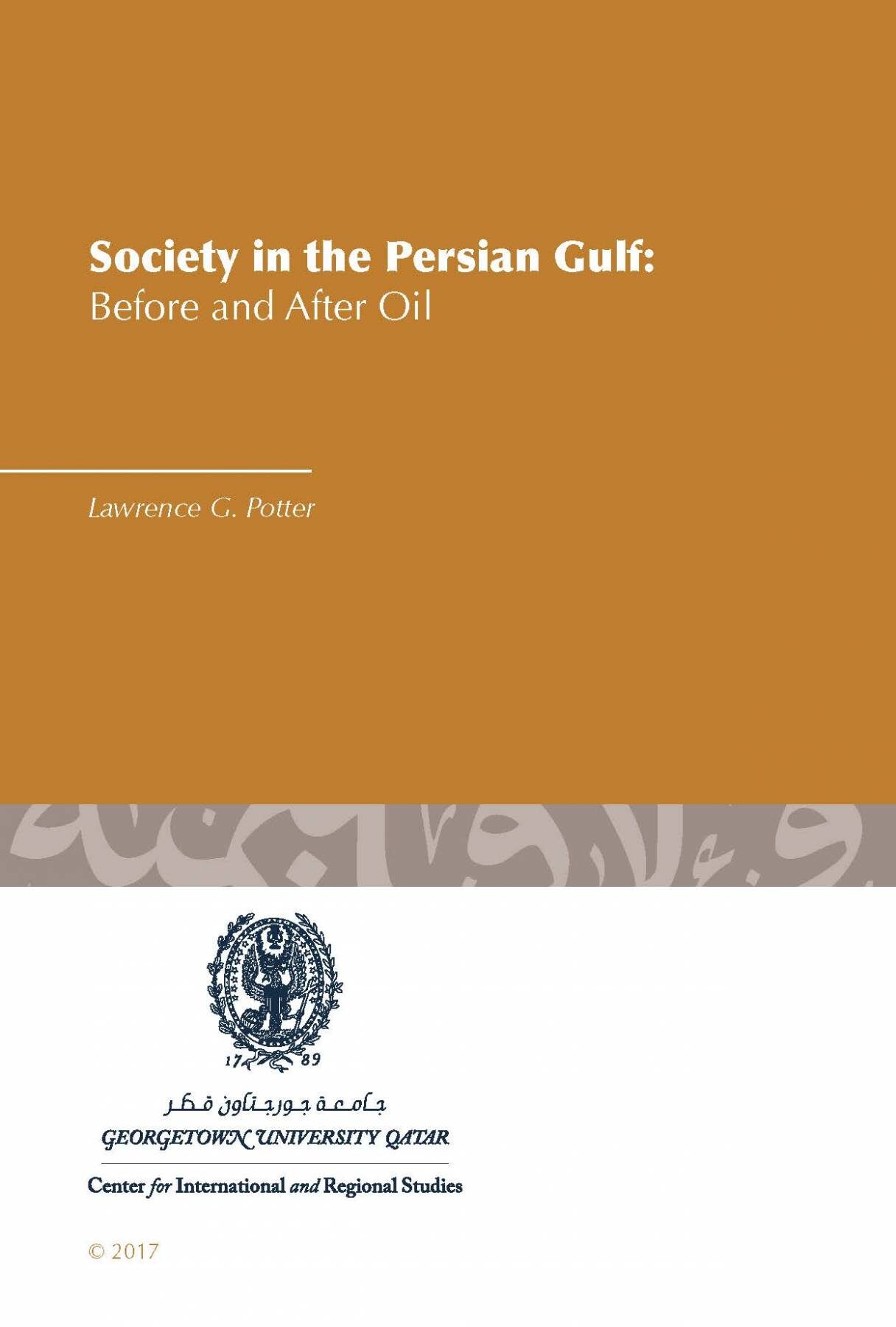Society in the Persian Gulf: Before and After Oil

To cite this publication: Lawrence G. Potter, “Society in the Persian Gulf: Before and After Oil,” CIRS Occasional Paper no. 18 (Doha, Qatar: Center for International and Regional Studies, 2017).
This essay takes as its focus society in the Persian Gulf over the long term, both before and after oil. In order to understand the transitions society has gone through, it is necessary to review the region’s historical evolution and how society in the Gulf today differs from that of the pre-oil era. The Gulf is presented as a distinct historical region, where a tradition of free movement helped account for the success of its port cities, themselves linked more to the Indian Ocean basin than the Middle East. In the twentieth century, the historic ties that connected the people of the Gulf littoral were curtailed as nationalism became the dominant ideology, and borders and passports were imposed. After oil was discovered and exports began following World War II, the small Gulf shaikhdoms, most of which were under British protection until 1971, experienced a surge in revenues that ushered in the modern era. Newly independent states sought to impose a new identity, manipulate history, and exploit sectarian cleavages to solidify the power of ruling dynasties. The historic cosmopolitanism of the Gulf was ignored by states that privileged the tribal, Bedouin heritage of their leaders. Arabs and Persians, both Sunni and Shi‘a, as well as many other groups have lived with each other in the region for many centuries, during which mutual differences occasionally led to conflict. But the current mistrust, tension, and sense of vulnerability felt by all sides is a product of the modern age.